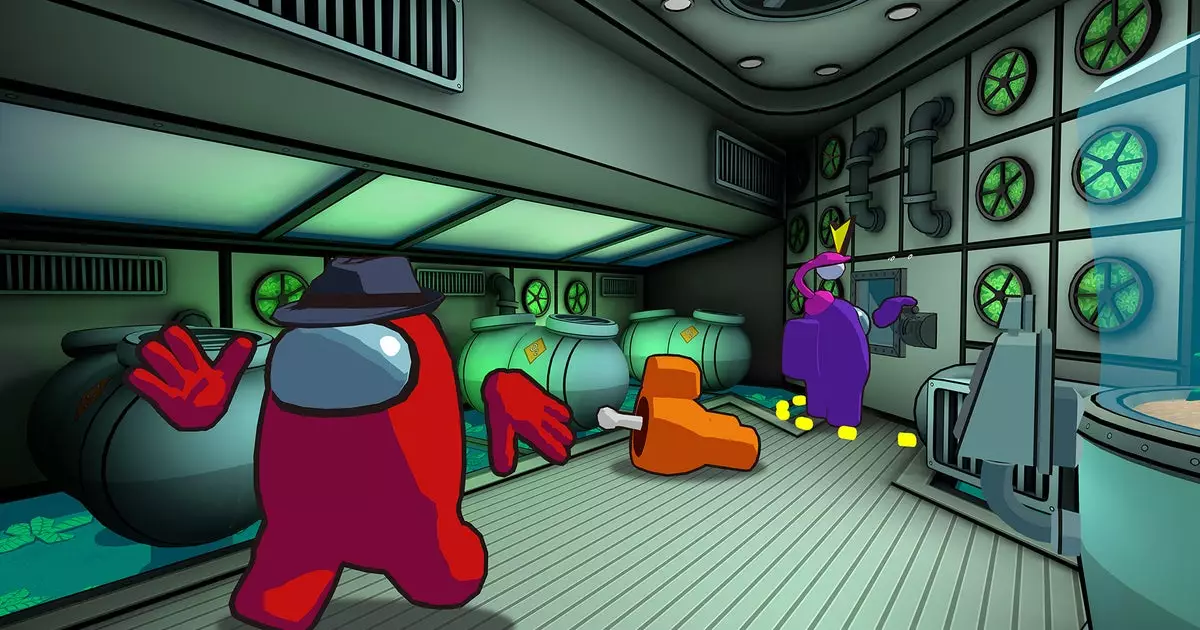In a surprising twist that has left many fans buzzing, Innersloth and Schell Games have unveiled their latest project: a 3D adaptation of the beloved social deduction game, Among Us. Originally designed for VR systems, this new iteration is aimed at a broader audience, uniting players in a fresh, immersive environment, where the tension and drama of gameplay can be experienced in a more visceral way. While this transition may seem like a boon for some gamers, it does leave questions swirling around the implications for existing VR players and the overall game experience.
At the heart of this new version lies the familiar gameplay that players have adored since Among Us burst onto the scene. Activities such as completing tasks, sabotaging fellow crewmates, and convening Emergency Meetings remain intact. However, the transformation into a fully-realized 3D world adds a layer of depth not previously available. Enjoying the game in this new format promises a heightened sense of presence, with proximity voice chat creating a richer social dynamic. Yet, there’s a degree of unease as well, particularly concerning crossplay functionalities; the inability to connect with VR users may alienate a segment of the community that has already invested in the VR experience.
With the impending demo set for unveiling at the Steam Next Fest, anticipation has been stoked among fans. The teaser trailer—lively and colorful—hints at the exciting prospects this title brings, including new and returning minigames that embrace first-person controls. These innovations, coupled with a new in-game currency called Stardust for cosmetic enhancements, suggest a commitment to keeping the game fresh and engaging. However, the demo will not showcase all features, leading to a lingering sense of unfinished business for eager players. The developers have promised continued updates post-launch, which could potentially bridge any gaps left by the demo limitations.
Despite the allure of new content and features, the 3D adaptation introduces a complex dynamic within the player community. For those who have long cherished the original game’s simplicity—both in design and interaction—the shift to a more complex 3D format might be daunting. Additionally, the lack of crossplay between the VR version and this non-VR entry could create divisions, impairing the collective experienced that originally defined Among Us. Thus, while the new title opens doors to innovation and creativity, it also risks fracturing an already robust fanbase.
As we await the official launch of Among Us 3D, the excitement is palpable, and so are the concerns. Innersloth has taken a bold step in evolving a beloved game; however, a careful balance must be struck between innovation and the essence of what made the original a success. The path ahead is filled with possibilities, and as the development team gears up for the full release, players are left to wonder: will this 3D experience enhance their enjoyment, or will it ultimately steer the game in an unintended direction? Only time will answer these burning questions, but for now, the community remains eager and cautiously optimistic.

